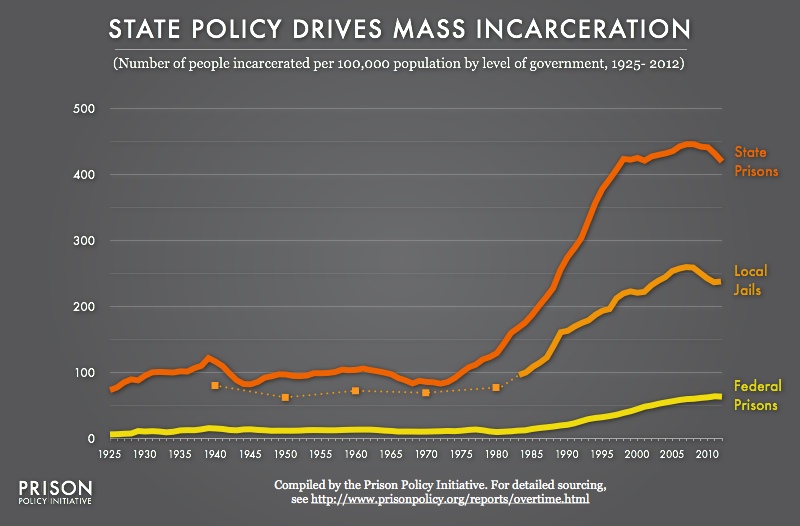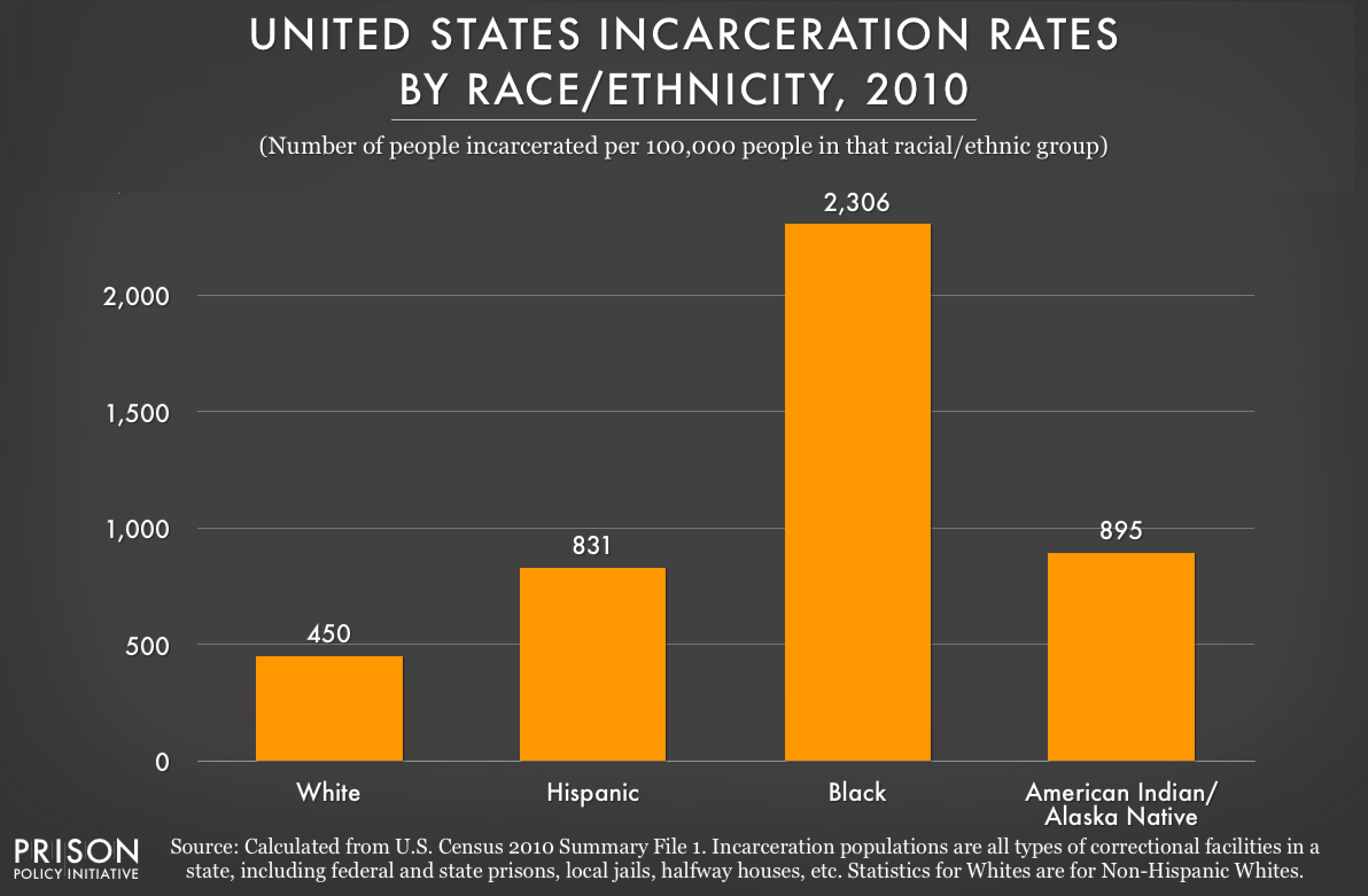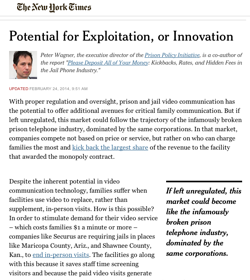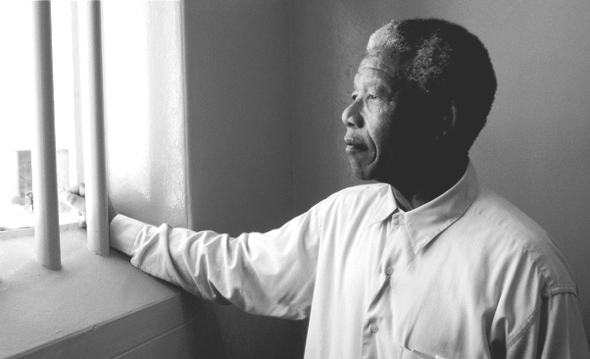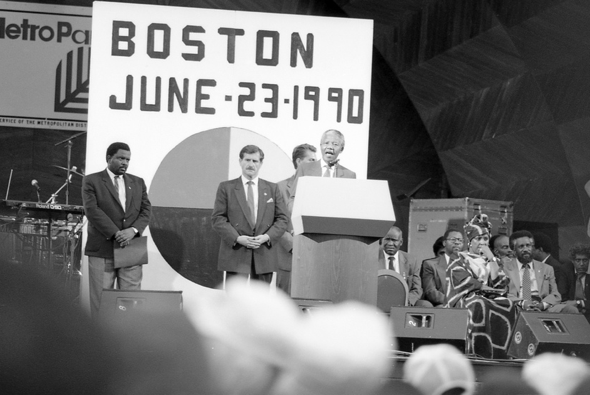Our favorite news stories about our work in 2014
Today, we share the most important news stories of 2014 that we played a role in
by Bernadette Rabuy and Peter Wagner, December 23, 2014
Yesterday, we published our list of the best investigative criminal justice journalism of 2014. For that list, we decided to exclude any story that we were featured in or involved with in any way. Today, we share the most important news stories of 2014 that we played a role in:
- America’s prison population: Who, what, where and why
by Jon Fasman
The Economist, March 13, 2014
This article reviews our Mass Incarceration: The Whole Pie report and then reviews their past editorials to conclude: “America locks up too many people for too many things.” Today, nine months later, this article is still one of the major drivers of traffic to our website. - The Leader of the Unfree World: Mass incarceration, perhaps the greatest social crisis in modern American history, is without parallel on a global scale
by Matt Ford
The Atlantic July 23, 2014
This article connects the dots between our Mass Incarceration: The Whole Pie and States of Incarceration: The Global Context reports and concludes:None of this is new information for the activists and scholars who’ve worked on prison and criminal-justice reform for years. But for the general public, a crucial first step is to denormalize the current system. This is not the way it has always been–and this is not the way it has to be.
- Phoning From Prison, at Prices Through the Roof
by David Segel
New York Times, February 2, 2014
In this “The Haggler” column, the New York Times takes on the prison telephone industry to show why the exploitation of families of incarcerated people is an urgent consumer protection matter. - Unfair Phone Charges for Inmates
by New York Times editorial board
New York Times, January 6, 2014This editorial about our public comment to the Federal Communications Commission about the need to regulate the video visitation industry put the issue of video visitation on the national agenda. Our connections in Dallas and much of the press work we did on video visitation grew out of this editorial.
(Stay tuned for a a big release from us on this topic in January 2015.) - Mass Incarceration in the US
by Hank Green
VlogBrothers
More than a million people have watched Hank Green’s 4-minute video that helps this country understand that the war on crime is failed policy and that “we are living inside a $75 billion a year failed experiment.” - Orange Is the New Green: Is Knox County’s New Video-Only Visitation Policy for Inmates Really About Safety — or Is it About Money?
by Cari Wade Gervin
Metro Pulse (Knoxville, Tenn.), July 2, 2014
This was one of, if not the, most comprehensive pieces about the video visitation industry in 2014. Sadly, this paper suddenly closed in mid-October 2014. It will be missed. - Serial’s $2,500 Phone Bill and the Prison-Calling Racket
by Joshua Brustein
Bloomberg Businessweek, December 17, 2014
This story artfully reviews the coming showdown at the FCC between the companies who say they want reform and the people who really do. - Captive Constituents: Prison population beefs up some Alabama districts
by Tim Lockette
The Anniston Star, June 29, 2014
This piece nicely profiles a city council ward where more than a quarter of the people in one ward are incarcerated. And the councilman who represents that district? He agrees with us — and hundreds of similar communities across the country — that the prison gerrymandering that results from the Census Bureau’s method of counting people in prison is wrong. - Prison Overcrowding Threatens Public Safety and State Budgets
by Audrey Williams
American Legislator, April 8, 2014
This article on the blog of the conservative American Legislative Exchange Council (ALEC) discussed our Mass Incarceration: The Whole Pie report to conclude:The Prison Policy Initiative has, indeed, given us the “whole pie”–ipso facto altering the original question. Rather than asking “how many people are locked up,” the question has become “does it really make sense to be imprisoning this many people?”
- R.I’s new House speaker has a captive constituency
by Edward Fitzpatrick
Providence Journal, April 1, 2014
ProJo columnist Ed Fitzpatrick, who has long covered prison gerrymandering and other democracy issues, ruminates on the origins of the House speaker’s political power. - A price too high for calls from jail
by The Dallas Morning News Editorial Board
The Dallas Morning News, November 10, 2014
In this editorial, The Dallas Morning News urges Dallas County elected officials to carefully weigh the pros and cons of video visitation. It powerfully declares, “The county should not be in the business of exploiting prisoners and their families to balance the budget.” - Idea blackout
by Houston Chronicle Editorial Board
Houston Chronicle, September 12, 2014
This piece stresses that video visitation is not the same as in-person visitation and describes the crucial tie between family bonds and rehabilitation.
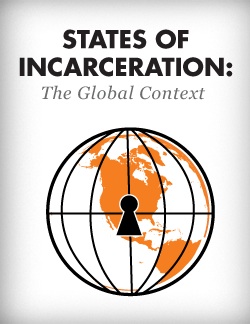
 Breaking Down Mass Incarceration in the 2010 Census:
Breaking Down Mass Incarceration in the 2010 Census:
